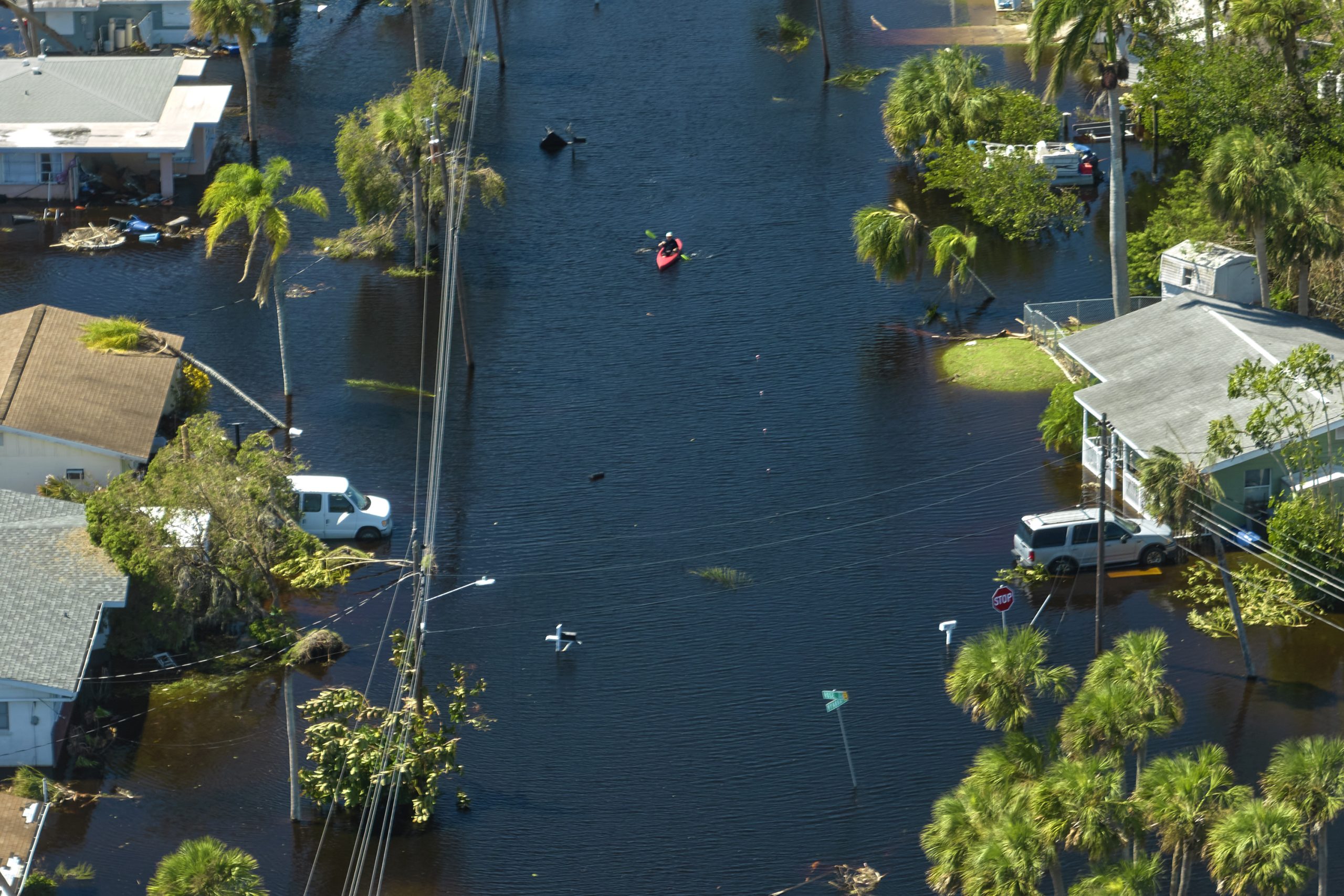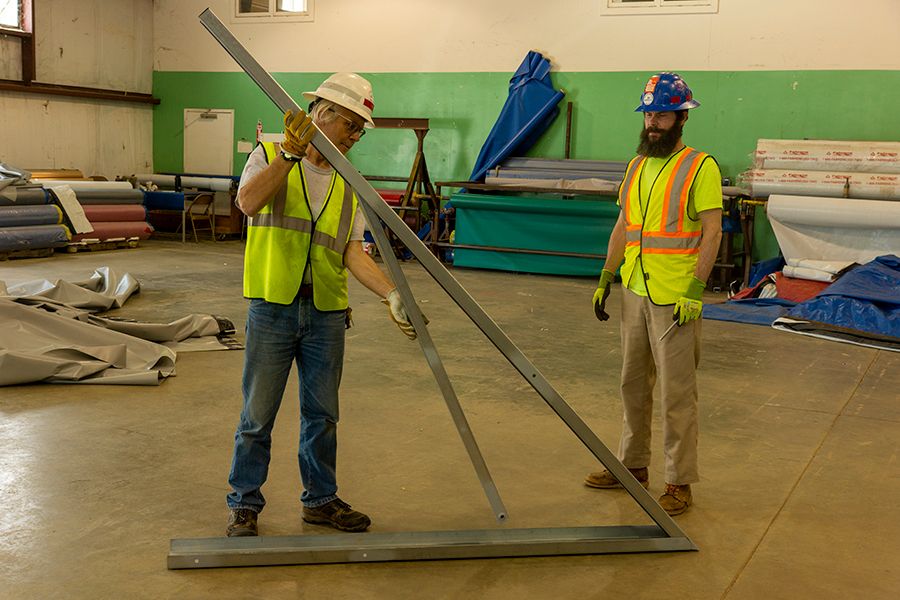Financial Disclosures
Chronic Risks
Chronic risks are changes in climate patterns that can cause sustained extreme weather events. Primarily because of increasing temperatures throughout the world, experts predict continued sea level rise with dramatic consequences for land masses both coastal and inland. As a result of climate change, NOAA also foresees that precipitation patterns in the future will be more extreme than in the past—posing threats to all corporate assets—including, and especially, the safety of people. This is why corporations must take business continuity planning with greater urgency than ever. Investors of both corporations and government bonds will be increasingly interested in how issuers are preparing for the eventualities of severe weather events.
Climate Risk Disclosure
In 2022, the Securities and Exchange Commission proposed amendments to the Securities Act of 1933 and 1934 and new rules 17 CFR 210, 229, 232, 239, and 249 covering climate risks. Critical components proposed to be required for financial disclosures include both the registrant’s processes and operations subject to physical risk. For corporations that have determined a material impact on the business or consolidated financial statements, the SEC has proposed that organizations should be required to disclose the ZIP code of the properties at risk. It suggests that if the impact of the stressors, including severe weather events, natural conditions, transition activities, identified climate-related risks, and their accumulated cost is calculated to be greater than one percent of the total line item for the relevant fiscal year, the risk and risk mitigation plan will have to be disclosed to their investors.
Corporate Assets
While the makeup of corporate assets has become increasingly composed of intangible assets—including intellectual property, goodwill, and reputation—physical structures remain a key part of many organizations’ total mix of assets. Investors have repeatedly voiced their support for disclosing present and future climate risks, further reinforcing the importance of mitigating climate-related risks from both a compliance perspective as well a reputational perspective.
If the 2022 SEC proposal is adopted in full, climate risks will have to be reported in financial disclosures. It’s expected that investors will increasingly require companies to disclose all climate-related risks which could impact their ongoing operations, business continuity, and, certainly, their bottom line.
Risk Mitigation
By identifying and proactively mitigating the risks threatening not only physical assets and reputations, issuers -both corporations and municipalities- can protect their business continuity but also the safety of people. As predicted by FEMA and NOAA, the severity of extreme rainfalls and floodings is expected to increase not only by frequency but by severity, posing threats to both coastal and, increasingly, inland regions.
Our expertise can help you understand how water may impact your business by assessing risks and risk-mitigation plans.









